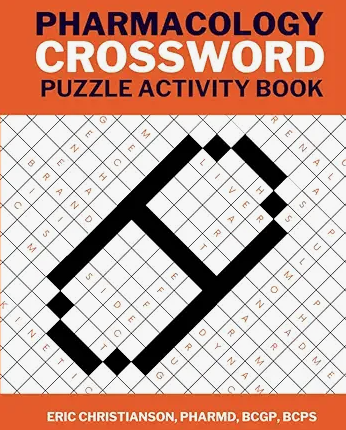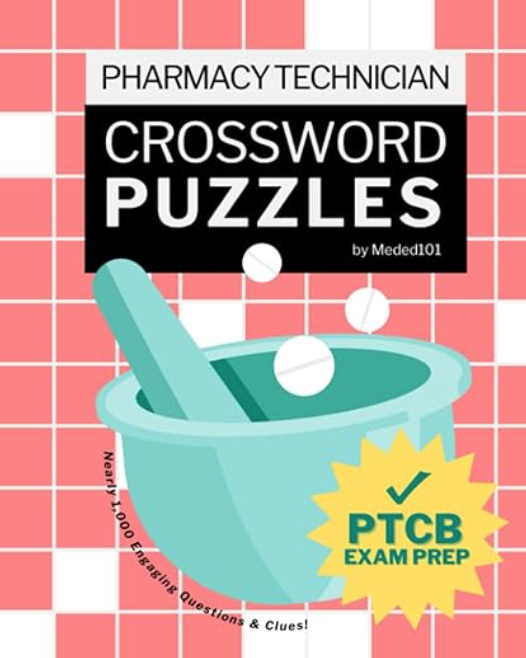Benzodiazepines (BZDs) are FDA-approved for various conditions, such as anxiety, mood disorders, insomnia, and seizures. Although they treat a wide range of conditions, there are many safety concerns including increased risk of falls, cognitive impairment, delirium, and death, especially in concurrent use with central nervous system (CNS) depressants. Various medical and professional societies have worked together to develop the Joint Clinical Practice Guideline. This guideline aims to provide information on evidence-based and consensus-based strategies to aid clinicians on the appropriateness of benaodiazepine tapering and how to taper them. We will highlight our top 10 practice pearls from this guideline.
Benzodiazepine Tapering Guidelines Practice Pearls
- Intended Patient Population
This guideline applies to adult patients who have been taking BZD regularly and may be at risk for physical dependence. It is not intended for palliative and end-of-life care settings.
- Avoid Abrupt Discontinuation
Abrupt discontinuation of BZDs should be avoided in patients with physical dependence, as abruptly stopping can lead to serious and potentially life-threatening withdrawal symptoms. Therefore, tapering gradually over a period of time under clinical supervision is essential.
- Outpatient vs Inpatient Tapering
BZD tapering can often be done in outpatient settings. However, the guidelines recommend considering inpatient management or residential care to closely monitor patients for withdrawal symptoms complications.
- Recommended Tapering Pace and Strategies
The recommended initial pace of tapering is 5% to 10 % dose reduction every 2 to 4 weeks. Reductions should not exceed 25% reduction every 2 weeks, and should be tailored to each individual. Remember – start low and go slow!
Tapering strategies should also rely on other factors such as the BZDs pharmacokinetics (PK) and the patient’s current regimen. When patients are taking multiple doses of BZD each day, consider which to reduce first based on what may be a greater concern. For example, reducing earlier doses might be better if insomnia is a major concern.
- Benzodiazepine Tapering Goals
The ultimate goal of tapering is discontinuation, however in some cases, tapering should continue until the benefits outweigh the risks.
- Duration of Tapering and Follow up
The tapering process should be flexible and individualized, adjusting to each patient’s ability to tolerate withdrawal symptoms. Therefore, BZD tapering may take months to years to fully complete. Adjunctive interventions such as cognitive behavioral therapy should be considered to support successful tapering. After discontinuation, follow up is recommended to ensure a safe stop of therapy, since protracted withdrawal symptoms can last for months or years after discontinuation of BZD.
- Managing Withdrawal Symptoms
If significant withdrawal symptoms emerge, medications for symptom control can be initiated or adjusting the tapering schedule such as restarting the BZD with a slow taper. Tapering with very long-acting phenobarbital may be considered in only certain situations for withdrawal management in inpatient settings and should only be done by or in consultation with experienced clinicians in the use of these agents.
- Avoid Reversal Agents
Benzodiazepine reversal agents like flumazenil (excellent board exam question!) should be avoided due to the risk of refractory seizure, cardiac dysrhythmias, and other adverse effects.
- BZDs and Substance Use Disorder (SUD) Treatment
BZD prescribing or tapering considerations should not interfere with a patient’s medication for substance use disorder, including buprenorphine and methadone.
- Credibility
The new clinical practice guidelines on benzodiazepine tapering have been endorsed by the following organizations:
- American Academy of Neurology (AAN)
- American Academy of Physician Associates (AAPA)
- American Academy of Sleep Medicine (AASM)
- American Association of Nurse Practitioners (AANP)
- American Association of Psychiatric Pharmacists (AAPP)
- American College of Medical Toxicology (ACMT)
- American College of Obstetricians and Gynecology (ACOG)
- American Geriatrics Society (AGS)
- American Society of Addiction Medicine (ASAM)
Conclusion
While these highlights provide a foundation for BZD tapering considerations, clinicians should engage patients in shared decision-making and continuously assess risk versus benefits throughout the process. It is essential to review the full guidelines to familiarize yourself with additional recommendations, such as utilizing educational resources to support patient adherence and understanding. Safe and effective BZD tapering requires a patient-centered approach with careful monitoring and individualized treatment strategies.
This article was written by Gaochoua Vang, PharmD Candidate in collaboration with Eric Christianson, PharmD, BCPS, BCGP.
- 30 medication mistakes PDF
- 18+ Page Drug Interaction PDF
- 10 Commandments of Polypharmacy Webinar based on my experiences in clinical practice









0 Comments